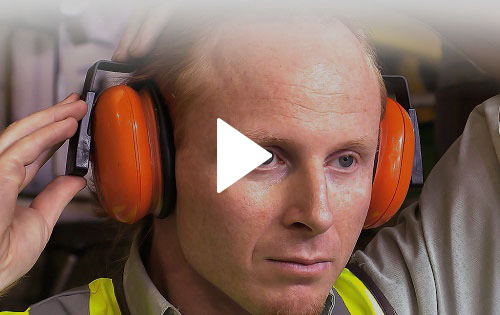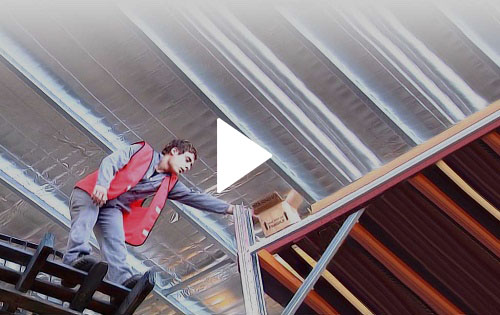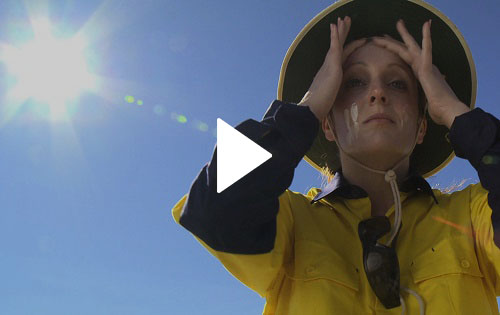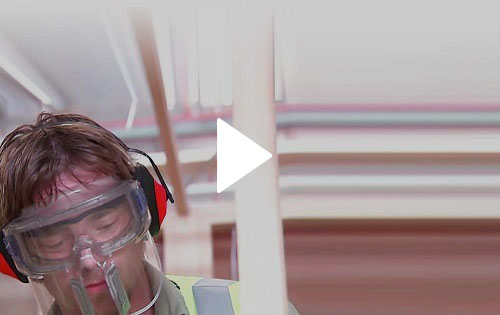PPE Workplace Compliance Training
PPE workplace compliance training is a vital but often undervalued component of workplace safety.
Significantly, about half of the almost 13 million Australian workers use some kind PPE in their workplaces every day.
PPE not only helps to prevent countless minor incidents and injuries but also saves many lives every year.
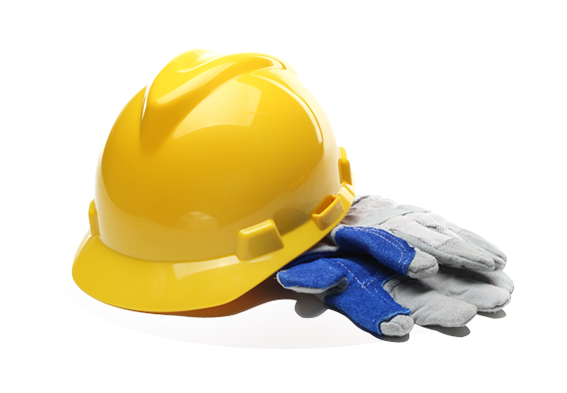
What is PPE?
PPE, or Personal Protective Equipment, is clothing, gear, and anything else used by workers to minimise health and safety risks.
Basically, PPE is designed to provide additional protection, general or specific, to workers as they complete tasks in the workplace. PPE workplace compliance training helps workers properly understand and utilise the equipment so it’s most beneficial to their well-being.
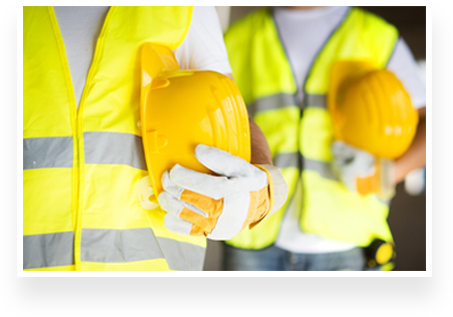
Personal Protective Equipment includes, but is not limited to:
- Steel-capped safety boots and shoes
- High visibility clothing such as vests, jackets, and pants
- Gloves, knee pads, and elbow pads
- Hearing protection such as ear plugs and earmuffs
- Safety glasses, visors, and goggles
- Hard hats and helmets
- Harnesses and fall arrest gear
- Insulated, waterproof, and wind-resistant clothing
- Hats, sunscreen, and long sleeves
- Breathing apparatus such as face masks and respirators
Some PPE is optional and used at the discretion of workers, however, some items are mandatory in certain workplaces. Therefore, required PPE must be worn to permit a worker’s presence on those sites.
Why use PPE?
PPE may be the last line of defence in the hierarchy of risk control measures, but it’s no less important.
Workplace injuries can carry serious financial and personal costs for organisations and individuals alike. For example, loss of work or workers, investigation costs, and the potential for serious compensation claims. Even more, there are also industrial manslaughter laws in some Australian states.
Specifically, industrial manslaughter is cases of negligently causing the death of a worker. For instance, where a worker is killed while working at height because the risk of falling was not controlled. I.e. fall-arrest PPE and safety systems were not provided or ensured to be in place.
As a result, those with primary duty of care can face industrial manslaughter charges. In short, it carries up to 20 years’ imprisonment for responsible individuals or $10 million fines for bodies corporate.
Obviously, the financial element cannot be ignored. However, the main reason to use PPE workplace compliance training and PPE is to increase worker safety and well-being.

Using Personal Protective Equipment could be the difference between safely completing a task and suffering a potential injury or worse.
PPE can help protect workers from, or reduce the impact of, many hazards including:
- Airborne particles and falling objects
- Splashes, drips, or contact with hazardous chemicals and substances
- Loud noises and potentially damaging light sources
- Vehicle and pedestrian collisions
- Lacerations, abrasions, and amputations from sharp edges, blades, and spikes
- Heat burns, cold burns, and corrosive materials
- Electrical sparks, burns, and shocks
- Slips and falls
- Breathing in contaminated air and dangerous particles
The Consequences
Regrettably, there are many cases showing the consequences, both health-wise and financially, of failures with PPE in the workplace.
In 2016, a Tasmanian employer was fined $12 million when a worker was irreparably injured.
To explain, the worker suffered severe brain injury and was left quadriplegic after a quadbike accident at work. In that case, the employer didn’t provide adequate Personal Protective Equipment
or PPE workplace compliance training.
In another case, a chain restaurant was fined over $75,000 when a worker suffered serious burns when emptying hot oil. Significantly, the appropriate PPE was provided, but the worker didn’t use it.
However, their supervisor was aware and failed to ensure the use of the PPE and a safe system of work.
Overall, neglecting PPE and taking shortcuts with safety in the workplace is a dangerous and expensive practice for everyone.
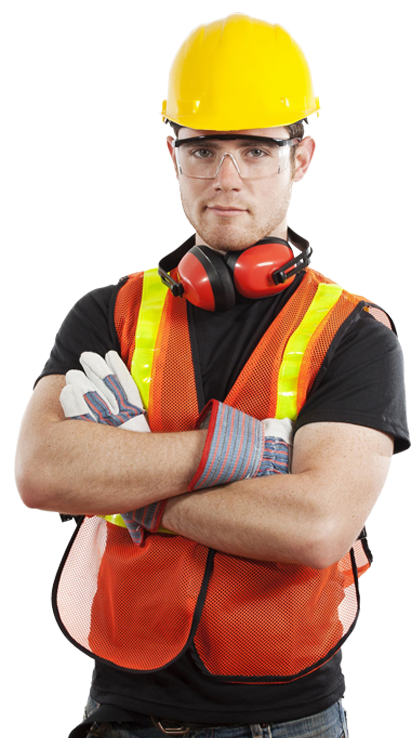
Providing and Using PPE
Organisations must provide workers with the necessary Personal Protective Equipment to complete their tasks. Except, for example, if they already have PPE from a labour hire agency or supply their own.
Personal Protective Equipment given to a worker must be suitable for the hazard, the tasks, and the workplace. Further, it must fit correctly, be reasonably comfortable, and not affect medical conditions such as allergies. Moreover, PPE must be hygienic, in good working condition, and replaced as needed.
Personal Protective Equipment must also be compatible with other necessary PPE. For example, if a worker is required to wear a hardhat and earmuffs, it must be practical to do so.
Some PPE may surprisingly create new hazards, for instance, restricted vision or mobility. In this case, all appropriate steps must be taken to reduce any supplementary risk.
Additionally, the provider must offer PPE workplace compliance training, and information on maintenance and storage of all PPE supplied. What’s more, managers and supervisors must ensure, so far as reasonably practicable, that workers actually use the PPE provided.
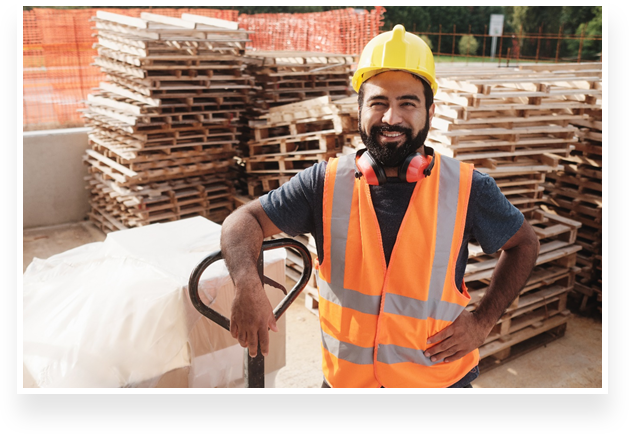
Workers using any Personal Protective Equipment must:
- Use all PPE per instructions and training
- Comply with the use of mandatory PPE in all required areas
- Never intentionally misuse or damage PPE
- Consult a supervisor if PPE is uncomfortable, ill-fitting, or causes adverse reactions
- Inform a supervisor of any PPE damage, defect, or maintenance needs
Workers who intentionally misuse, damage, or refuse to wear PPE may be sent home, fined, terminated, or even prosecuted. Similarly, non-workers such as visitors and inspectors must also abide by each workplace’s specific Personal Protective Equipment requirements.
Areas should be appropriately signed to remind workers not only where PPE must be worn, but also the type required.
PPE and Safety Video Elearning
PPE workplace compliance training may be delivered in a variety of ways. But one of the most powerful methods is via video eLearning. Live-action video eLearning is the ideal delivery medium for workplace safety training, particularly the use of Personal Protective Equipment.
For starters, it provides real footage of real people using PPE as opposed to still images that don’t show action. Secondly, live action video quickly communicates body language, meaning, and authenticity where text, still images, and particularly animations, can’t.
Furthermore, real people, accident footage, and injury recreations clearly communicate the message that you can’t take shortcuts with workplace safety.
Trainees not only plainly see the possible impact of neglecting PPE use and safety, but also better retain the message. For one thing, video eLearning is over 80% more effective than text in helping learners remember information.
Of course, real physical training is vital in many cases and must not be undervalued. However, video eLearning is a reliable and powerful way to expand upon the requisite practical education with PPE.

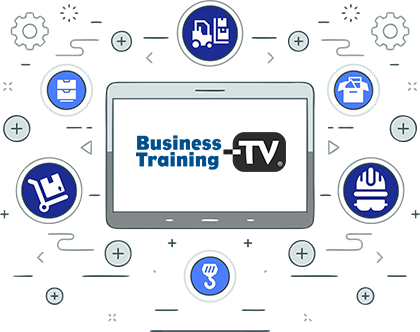
All in all, workers are responsible for conforming to the implementation and use of PPE in their workplaces. Comparatively, supervisors and managers have a duty of care to ensure, as far as reasonably practicable, that their workers comply.
One especially effective way to provide workers with the necessary PPE workplace compliance training is with Business Training-TV. To begin with, our highly engaging live-action video eLearning courses don’t just tick a box but get measurable business results.
Additionally, our pre-built PPE and workplace safety courses are ready-to-use immediately, with verifiable training histories and reporting capabilities for managers.
Most important, with Business Training-TV, trainers are the hero. Implement our pre-built courses instantly to help prevent injuries and safety incidents, increase productivity, and build a safe culture.
Conversely, quickly respond to specific workplace issues or red flags by designing custom training with our free Course Builder.
Find out more about our PPE workplace compliance training, safety video eLearning courses, and our free Course Builder. And discover how you can utilise Business Training-TV in your organisation or training environment.
This content was created by Vocam and is intended to be used only as a guide and should not be relied on as formal training or legal advice.
As standards and regulations frequently change, all information should be considered by relevant local experts and authorities.


